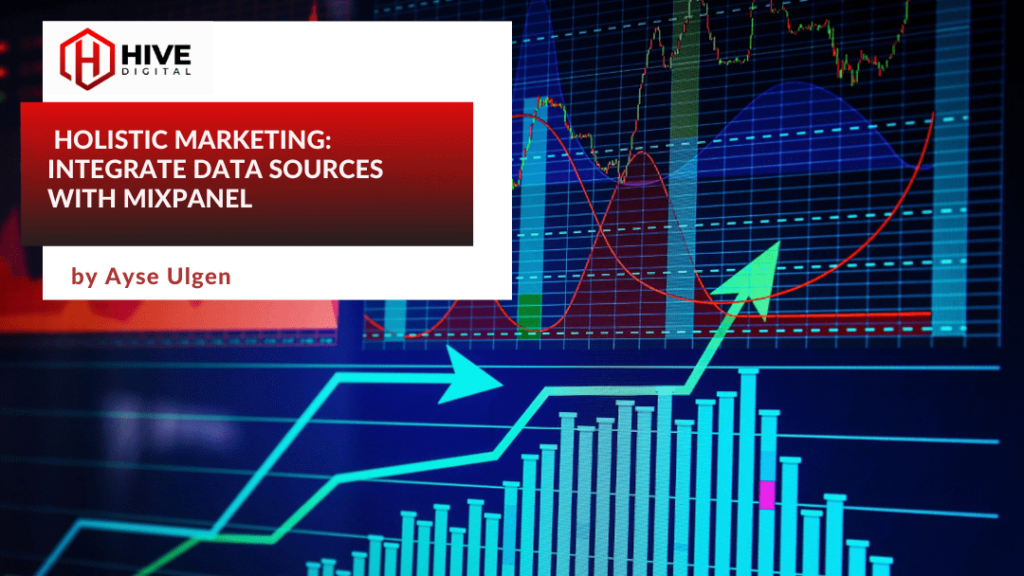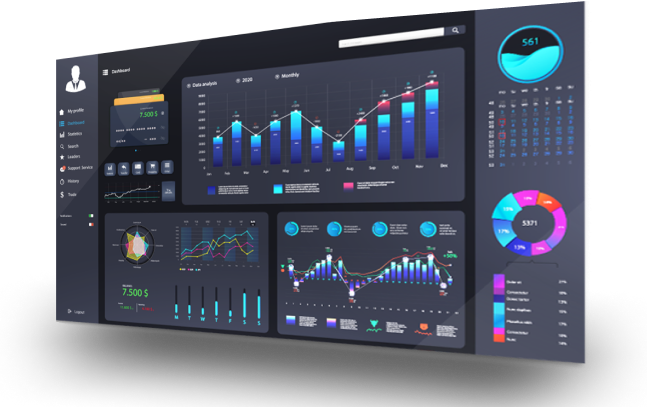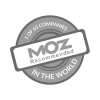🤖 Explore this content with AI: 💬 ChatGPT 🔍 Perplexity 🤖 Claude 🔮 Google AI Mode 🐦 Grok
Integrating Multiple Data Sources for a Holistic Marketing View
In today’s data-driven marketing landscape, businesses are flooded with information from a myriad of sources. From website interactions and mobile app usage to social media engagement and offline transactions, each touchpoint provides valuable insights. However, the true power of this data lies in its integration.
A unified, holistic view of customer behavior allows marketers to make informed decisions, optimize campaigns, and ultimately drive revenue. In this blog post, we will look at how using multiple data sources can change your marketing analytics strategy. We will look at Mixpanel’s features.
These include data warehouse integrations. We can also import data from Google Sheets or CSV files. Additionally, we will use strong API connections.
I. The Need for a Holistic Data View in Marketing Analytics
Defining a Holistic View
A holistic view in marketing analytics refers to the comprehensive aggregation of data across all channels and platforms. A unified approach looks at website traffic, social media metrics, and sales data together. This means combining all these elements instead of viewing them separately.
This integration helps marketers find important insights about customer behavior, preferences, and trends. These insights are often hidden when data is split up.
Benefits of a Unified Data Approach
- Enhanced Customer Understanding: By combining data sources, you gain a 360-degree view of your customer. This means you can track a customer’s journey from the first touchpoint through to conversion and retention.
- Improved Segmentation and Personalization: Integrated data allows for more precise audience segmentation, making it easier to tailor marketing messages to specific groups.
- Optimized Campaign Performance: With a comprehensive data set, marketers can measure the true impact of campaigns across channels, optimize budgets, and allocate resources more efficiently.
- Timely Decision-Making: A unified data repository ensures that all insights are current, enabling agile responses to market changes and consumer behavior.
Challenges with Fragmented Data
Many organizations struggle with fragmented data due to the use of multiple analytics tools and platforms. This fragmentation can lead to inconsistent metrics, delayed insights, and an incomplete understanding of the customer journey. Without integration, marketers are left with isolated data points that don’t tell the full story, hindering the ability to drive strategic decisions.
II. Overview of Data Sources in Modern Marketing
Types of Data Sources
Modern marketing campaigns pull data from a variety of sources, each contributing unique insights:
- Digital Platforms: Website analytics, mobile apps, social media channels, email marketing platforms.
- Customer Relationship Management (CRM) Systems: Data on customer interactions, sales processes, and post-purchase support.
- E-commerce and Transactional Systems: Online purchase data, in-store sales, and customer loyalty programs.
- Offline Sources: Data collected from physical stores, events, or surveys.
- Third-Party Data Providers: Market research, demographic data, and competitive insights.
Why Integration Matters
Individually, each data source offers a glimpse into customer behavior. However, integrating these sources provides a complete picture. When data is unified, marketers can:
- Cross-reference online and offline behaviors.
- Align marketing efforts with real-time customer feedback.
- Make data-driven decisions that consider all aspects of the customer experience.
- Eliminate discrepancies between disparate data systems and ensure consistent reporting.
III. Mixpanel as a Hub for Integrated Data Analytics
Mixpanel is renowned for its event-based analytics and user behavior tracking. Yet, its true strength lies in its ability to serve as a central hub for integrated data analytics. Mixpanel’s robust integration capabilities ensure that marketers can consolidate data from various sources, enabling deeper analysis and better decision-making.
A. Data Warehouse Integrations
Capabilities
Mixpanel seamlessly integrates with popular data warehouses such as Google BigQuery, Amazon Redshift, and Snowflake. These integrations allow marketers to:
- Centralize Historical Data: Store and query large volumes of historical data alongside real-time data captured by Mixpanel.
- Perform Deep-Dive Analysis: Use the raw power of data warehouses to run complex queries, segment data by multiple dimensions, and uncover hidden patterns.
- Enhance Reporting: Leverage the computational capabilities of data warehouses to generate detailed reports and dashboards that provide a comprehensive view of marketing performance.
Benefits
- Scalability: Data warehouses are designed to handle massive amounts of data, ensuring that as your data grows, your analytics capabilities can keep pace.
- Performance: High-performance querying enables quick analysis, even when dealing with large datasets.
- Security and Compliance: Data warehouses offer robust security measures and compliance standards, critical for protecting sensitive customer data.
B. Google Sheets/CSV Imports
Capabilities
Mixpanel provides flexible options for importing data from CSV files or Google Sheets. This feature is particularly valuable for:
- Legacy Data Integration: Importing historical or offline data that wasn’t originally captured by Mixpanel.
- Supplementary Data: Enriching your Mixpanel dataset with additional information, such as survey results, offline transactions, or partner data.
Benefits
- Ease of Use: Marketers can easily manage data through familiar tools like Google Sheets.
- Flexibility: CSV and Google Sheets imports offer a quick and straightforward way to integrate non-digital data sources.
- Immediate Insights: Quickly upload data to gain insights from previously untapped sources without extensive technical setups.
C. API Integrations
Capabilities
Mixpanel’s robust API integrations open up a world of possibilities for connecting data sources in real time. The API allows for:
- Real-Time Data Flow: Push and pull data between Mixpanel and other marketing platforms seamlessly.
- Custom Integration Solutions: Tailor data flows to meet specific business needs, integrating unique datasets or custom applications.
- Automation: Automate data transfers to reduce manual intervention and ensure continuous, up-to-date analytics.
Benefits
- Efficiency: Automation of data processes reduces errors and saves valuable time.
- Customization: Custom API integrations can be built to address unique business challenges, ensuring that all relevant data is captured.
- Timely Insights: With real-time data integration, marketers can react instantly to changing trends and behaviors, optimizing campaigns on the fly.
IV. Best Practices for Integrating Data with Mixpanel
Maintaining Data Quality and Consistency
Ensuring that your data is clean and reliable is paramount. Inconsistent data can lead to flawed insights and misguided strategies. Adopt the following practices:
- Data Normalization: Standardize data formats across all sources to ensure that comparisons and analyses are accurate.
- Regular Audits: Periodically review your data for anomalies, duplicates, or inaccuracies.
- Validation Rules: Implement rules and checks during data import or API integrations to prevent errors from entering your system.
Establishing a Single Source of Truth
One of the key objectives of data integration is to create a single source of truth—a central repository where all data converges and is consistently maintained. This ensures:
- Consistency in Reporting: All teams rely on the same set of metrics, reducing discrepancies and fostering alignment.
- Informed Decision-Making: With a unified dataset, decision-makers have access to comprehensive insights that inform strategy and execution.
- Efficiency: Reduces the time and effort required to reconcile data from multiple sources, allowing teams to focus on analysis and action.
Automation and Regular Updates
Automation is critical to maintaining the integrity and timeliness of your data. Consider these strategies:
- Automated Data Imports: Schedule regular imports from Google Sheets, CSV files, or API sources to keep your data current.
- ETL Tools: Use robust ETL tools to streamline the process of extracting, transforming, and loading data into your data warehouse or Mixpanel.
- Monitoring Systems: Set up alerts and dashboards to monitor data flow and detect any disruptions immediately.
Security and Compliance Considerations
With data privacy regulations like GDPR and CCPA, it’s crucial to ensure that your integrated data environment is secure and compliant. Key measures include:
- Data Encryption: Use encryption for data at rest and in transit to protect sensitive information.
- Access Controls: Implement strict access controls to ensure that only authorized personnel can view or modify data.
- Regular Audits: Conduct periodic security audits and update your systems to comply with evolving regulatory requirements.
VI. Future Trends in Data Integration and Analytics
The future of data integration is evolving rapidly, driven by advancements in technology and the increasing complexity of data ecosystems. Here are some trends to watch:
Emerging Technologies
- Artificial Intelligence and Machine Learning: AI and ML are beginning to play a significant role in automating data integration, cleansing, and analysis. These technologies can predict trends, detect anomalies, and even suggest optimizations based on historical data.
- Real-Time Analytics: As consumer behavior becomes more dynamic, the demand for real-time data integration and analytics will only grow. This trend is already evident in Mixpanel’s API integrations and data warehouse syncing capabilities.
Evolving Data Ecosystems
- Interconnected Platforms: The growing reliance on cloud-based platforms and SaaS solutions means that data ecosystems are becoming increasingly interconnected. This connectivity will drive further innovations in how data is integrated and analyzed.
- Increased Focus on Data Privacy: As regulations continue to evolve, businesses will need to place an even greater emphasis on securing integrated data environments. Future integrations will likely include more built-in privacy and security features.
VII. Conclusion
In a world full of data, combining different sources into one analytics platform is now a must. Mixpanel is a strong tool.
It tracks user behavior and engagement. It also works well with data warehouses, Google Sheets, CSV imports, and API connections. By bringing together different data sources, marketers can see the whole customer journey. This helps them segment better and make smarter decisions.
To recap:
- Holistic Data Integration: Offers a comprehensive view of customer interactions and behavior across all touchpoints.
- Mixpanel’s Capabilities: From deep integration with data warehouses to easy CSV/Google Sheets imports and robust API connections, Mixpanel equips marketers with the tools they need to centralize their data.
- Best Practices: Maintaining data quality, automating data updates, and ensuring security and compliance are critical to achieving reliable insights.
- Future Trends: The evolving landscape of data integration, powered by AI and real-time analytics, promises even greater capabilities in the near future.
If your organization is still dealing with fragmented data, now is the time to explore how Mixpanel can help unify your analytics strategy. By leveraging its diverse integration capabilities, you can transform isolated data points into a powerful, actionable narrative that drives marketing success.
Combining data sources is not just about technology. It’s about making your business smarter and more responsive. With platforms like Mixpanel taking the lead, marketers can use their data like never before. This helps them achieve quick campaign success and long-term growth.
Ready to harness the full potential of holistic marketing and drive smarter decisions with Mixpanel? Contact the Hive Digital Team today to learn how our custom integrations seamlessly connect all your data sources, delivering real-time insights, advanced segmentation, and conversion funnel optimization for meaningful growth.










